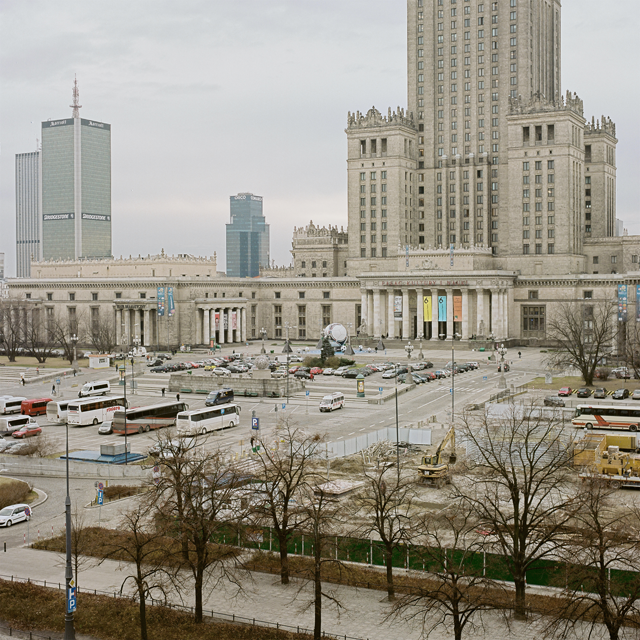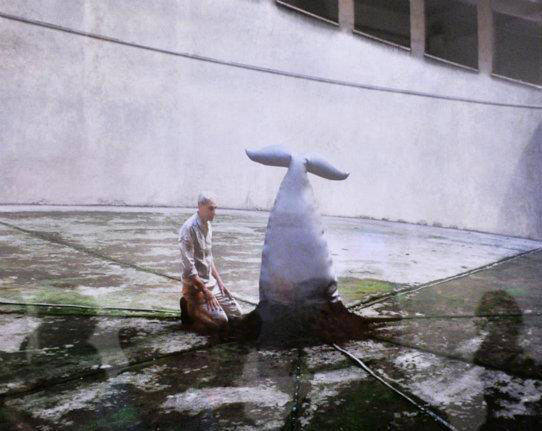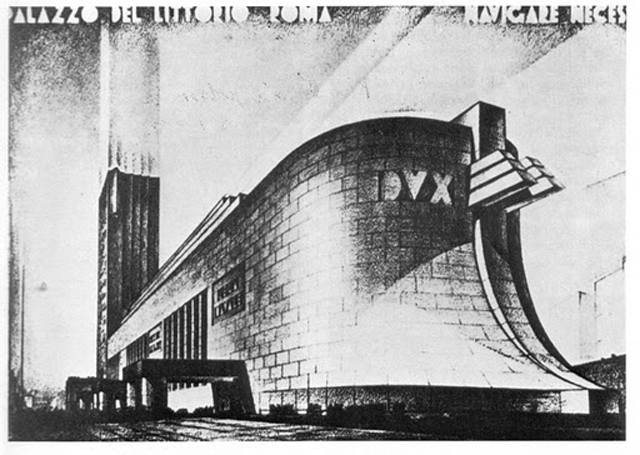THE “RIGHT” HAND OF THE POWER
text by Maria Azzurra Rossi
We speak of course, just to remove immediately any doubt to those who may have, architecture and power are not two worlds so distant from what you might think. For years, every person who has been a point of reference for people or that has decided to found a new society, has resorted to the symbolic physical object to mark its territory. Not surprisingly, the phrase “to lay the first stone” is recurrent and linked to the principle and to the building world; without a first stone, a brick, a cement casting we should not go anywhere. And architects are very well aware of that. Excluding prehistory and caveman age, man has always built: a fence, a temple, a house, a pyramid, and the significance of this action can not be said in any case, accidental. The architect is the right hand of power, not always by choice.
Totalitarian regimes and dictatorships are the historical moments in which greater emphasis has been given to this relation, there are those who like Hitler was lost without Speer at his side to erect and tend to his public and representation spaces, there’s Stalin and Scusev’s Russia, now transformed in the capital of duty free and the architects of the fascio and Mussolini’s Italy, the power that gave more space to architecture as a celebration of a nation and of a city, Rome.
To be in the mind of the architects of that time, who were faced with unique opportunities to build as happened to 28 year old Terragni with the House of Fascio in Como, is impossible, some had no choice and had to make the most with that opportunity, others were celebrators of what they believed in.
Everything is acceptable, everything questionable, a series of episodes that have slowly dissolved this condition of dependence between power and architecture, but the dissolution is not a cancellation and from the 50s till today, there are countless examples of close relations between designers and States.
The Grande Arche de La Défense by Mitterrand, the Dome of the Reichstag by Sir Norman Foster, Niemeyer and Kubitschek’s Brasilia, the Kahn’s National Assembly of Bangladesh and the one in Kuwait by Jorn Utzon. Being a famous architect, means to be known by students, by the advisor of the head of state or
by the head of state himself and inevitably this can lead to the occasion and to the choice to work for a power, the choice is not debatable, and the reasons may be infinite: “I could experience, my work would be built, my work would be celebrated by a nation and known by the world.” Delirium of omnipotence? Maybe, or simply just thoughts about their future, but also a willingness to expose themselves to criticism and negative comment.
It happens less frequently (and it’s a good thing) to meet a client who says, “I want to build my empire, something that represents me and I want you to be the one who creates all this!”, but there are other types
of possibilities. Tirana with the competitions for the new facilities is giving the example, Berlin and Barcelona have done so up to a few years ago, Copenhagen is constantly changing and building soon may come the time for the war stricken countries of the Balkans and Eastern Europe to revolutionize their image.We no longer speak about celebration, but marketing and appearance, about builders who decide to invest capitals to change the image of a city, there are even companies that change the view of a landscape such as Vitra, which has created a campus
of architectural experimentation in Weil am Rhein – Germany, where, since 1989, they built uncessantly: Gehry, Sanaa, Hadid, Herzog & De Meuron, Ando, Grimshaw and pieces of history like the Dome of Buckminster Fuller are so reconstructed.
It is natural to think that everything that binds architecture and power can always aim towards a negative thought, until you realize that there is a country like Libya, destroyed from inside that is looking for a new identity, lost and mistreated in a few months, which decided to hold a contest to recover the area of Bab al-Aziza – Gheddafi’s headquarters destroyed last August by NATO bombing.
This is what architecture can do, as well as a support to power, it can also become a means to remove that power itself. The sumptuousness is canceled, the targets may change, the built environment can be shot down, the celebration can not last forever and that which resists, what remains is transformed and becomes part of culture. Architecture becomes the subject of several researches and the architect, a piece of history.
www.mariaazzurrarossi.tumblr.com
Related Posts :
Category: Article
Views: 2267 Likes: 0
Tags: italian , Maria Azzurra Rossi
Comments:
Info:
Info:
Title: THE “RIGHT” HAND OF THE POWER
Time: 17 marzo 2012
Category: Article
Views: 2267 Likes: 0
Tags: italian , Maria Azzurra Rossi








